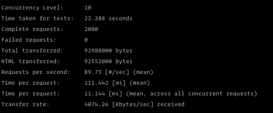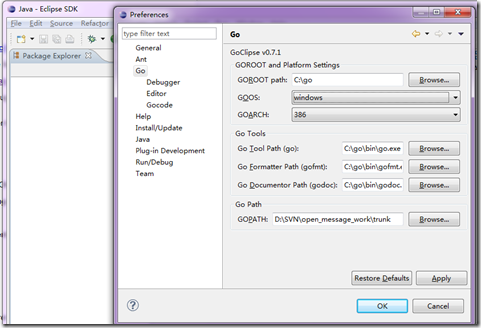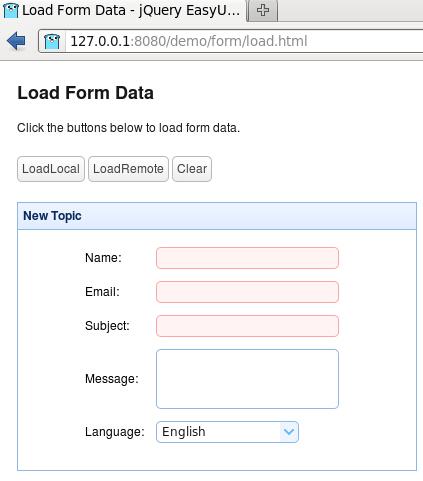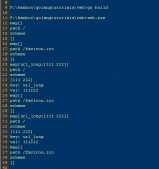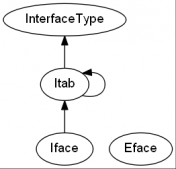本文实例讲述了golang网络socket粘包问题的解决方法。分享给大家供大家参考,具体如下:
看到很多人问这个问题, 今天就写了个例子, 希望能帮助大家
首先说一下什么是粘包:百度上比较通俗的说法是指TCP协议中,发送方发送的若干包数据到接收方接收时粘成一包,从接收缓冲区看,后一包数据的头紧接着前一包数据的尾。
解决方案如下:
服务端:
import (
"bytes"
"encoding/binary"
"fmt"
"io"
"net"
)
func main() {
// 监听端口
ln, err := net.Listen("tcp", ":6000")
if err != nil {
fmt.Printf("Listen Error: %s\n", err)
return
}
// 监听循环
for {
// 接受客户端链接
conn, err := ln.Accept()
if err != nil {
fmt.Printf("Accept Error: %s\n", err)
continue
}
// 处理客户端链接
go handleConnection(conn)
}
}
func handleConnection(conn net.Conn) {
// 关闭链接
defer conn.Close()
// 客户端
fmt.Printf("Client: %s\n", conn.RemoteAddr())
// 消息缓冲
msgbuf := bytes.NewBuffer(make([]byte, 0, 10240))
// 数据缓冲
databuf := make([]byte, 4096)
// 消息长度
length := 0
// 消息长度uint32
ulength := uint32(0)
// 数据循环
for {
// 读取数据
n, err := conn.Read(databuf)
if err == io.EOF {
fmt.Printf("Client exit: %s\n", conn.RemoteAddr())
}
if err != nil {
fmt.Printf("Read error: %s\n", err)
return
}
fmt.Println(databuf[:n])
// 数据添加到消息缓冲
n, err = msgbuf.Write(databuf[:n])
if err != nil {
fmt.Printf("Buffer write error: %s\n", err)
return
}
// 消息分割循环
for {
// 消息头
if length == 0 && msgbuf.Len() >= 4 {
binary.Read(msgbuf, binary.LittleEndian, &ulength)
length = int(ulength)
// 检查超长消息
if length > 10240 {
fmt.Printf("Message too length: %d\n", length)
return
}
}
// 消息体
if length > 0 && msgbuf.Len() >= length {
fmt.Printf("Client messge: %s\n", string(msgbuf.Next(length)))
length = 0
} else {
break
}
}
}
}
客户端:
import (
"bytes"
"encoding/binary"
"fmt"
"net"
"time"
)
func main() {
// 链接服务器
conn, err := net.Dial("tcp", "127.0.0.1:6000")
if err != nil {
fmt.Printf("Dial error: %s\n", err)
return
}
// 客户端信息
fmt.Printf("Client: %s\n", conn.LocalAddr())
// 消息缓冲
msgbuf := bytes.NewBuffer(make([]byte, 0, 1024))
// 消息内容
message := []byte("我是utf-8的消息")
// 消息长度
messageLen := uint32(len(message))
// 消息总长度
mlen := 4 + len(message)
// 写入5条消息
for i := 0; i < 10; i++ {
binary.Write(msgbuf, binary.LittleEndian, messageLen)
msgbuf.Write(message)
}
// 单包发送一条消息
conn.Write(msgbuf.Next(mlen))
time.Sleep(time.Second)
// 单包发送三条消息
conn.Write(msgbuf.Next(mlen * 3))
time.Sleep(time.Second)
// 发送不完整的消息头
conn.Write(msgbuf.Next(2))
time.Sleep(time.Second)
// 发送消息剩下部分
conn.Write(msgbuf.Next(mlen - 2))
time.Sleep(time.Second)
// 发送不完整的消息体
conn.Write(msgbuf.Next(mlen - 6))
time.Sleep(time.Second)
// 发送消息剩下部分
conn.Write(msgbuf.Next(6))
time.Sleep(time.Second)
// 多段发送
conn.Write(msgbuf.Next(mlen + 2))
time.Sleep(time.Second)
conn.Write(msgbuf.Next(-2 + mlen - 8))
time.Sleep(time.Second)
conn.Write(msgbuf.Next(8 + 1))
time.Sleep(time.Second)
conn.Write(msgbuf.Next(-1 + mlen + mlen))
time.Sleep(time.Second)
// 关闭链接
conn.Close()
}
希望本文所述对大家Go语言程序设计有所帮助。



